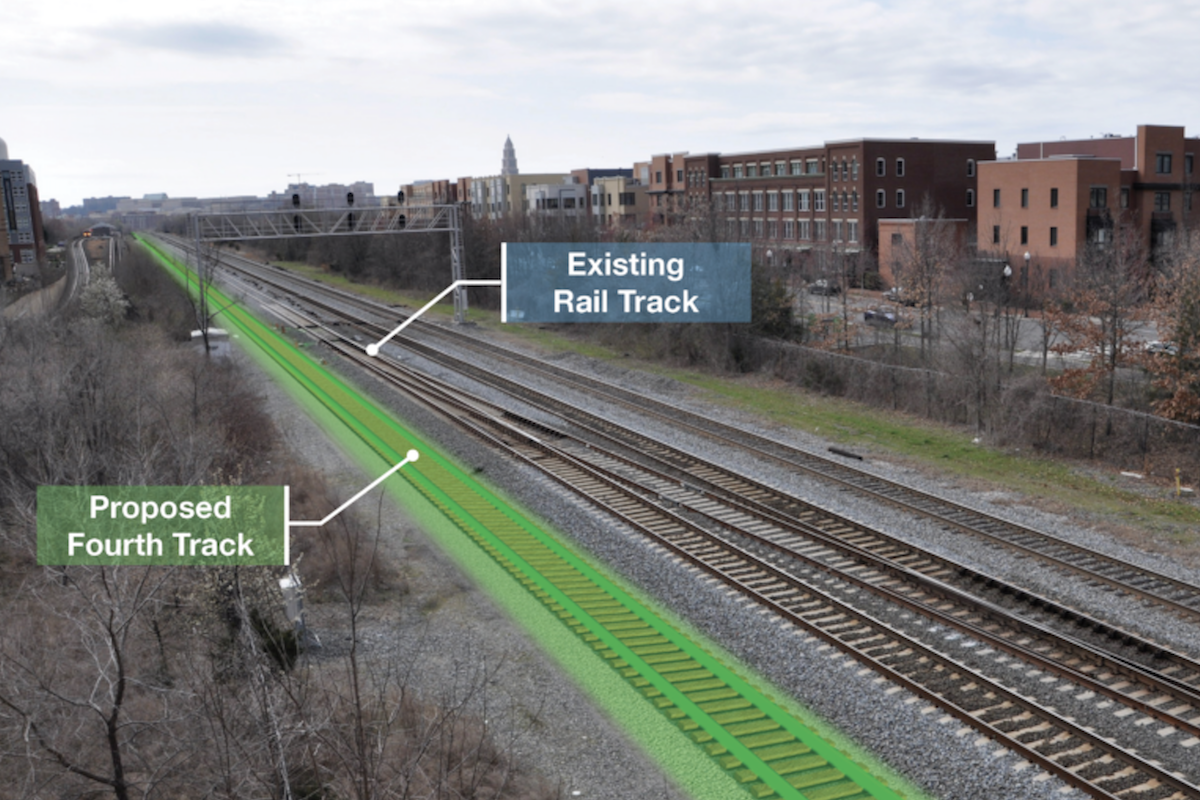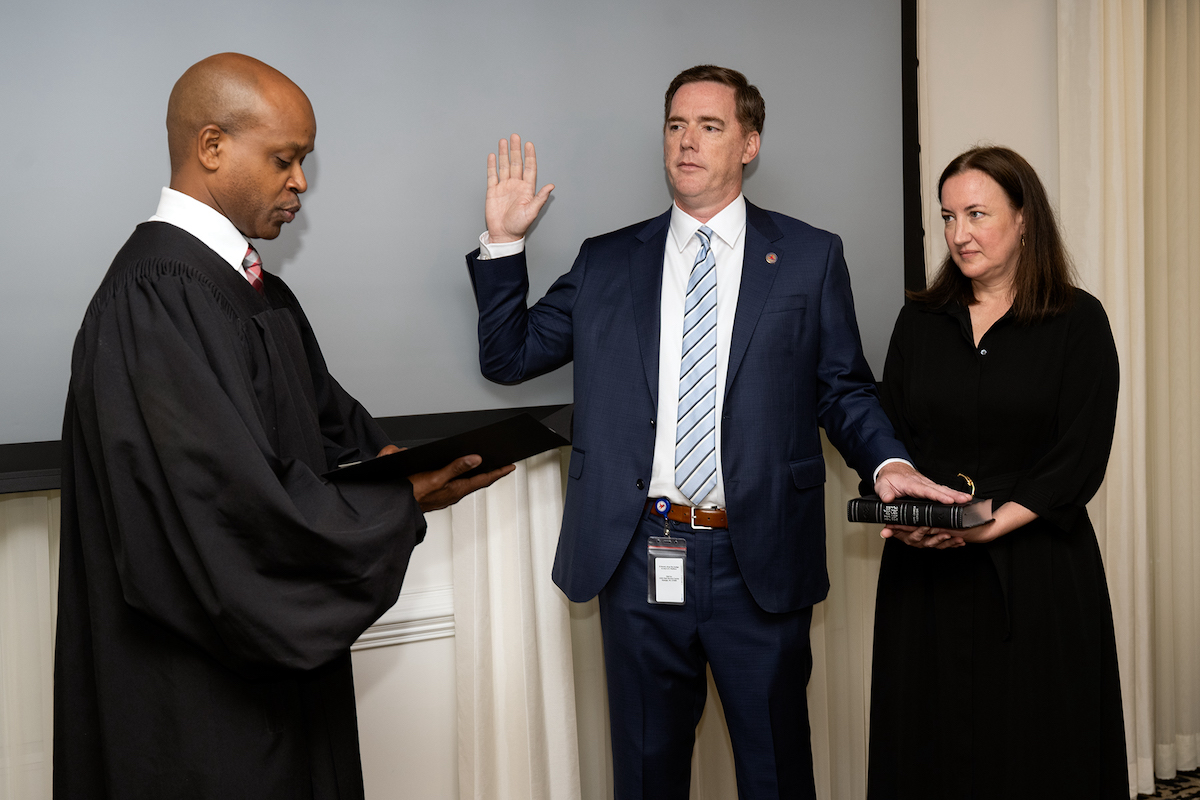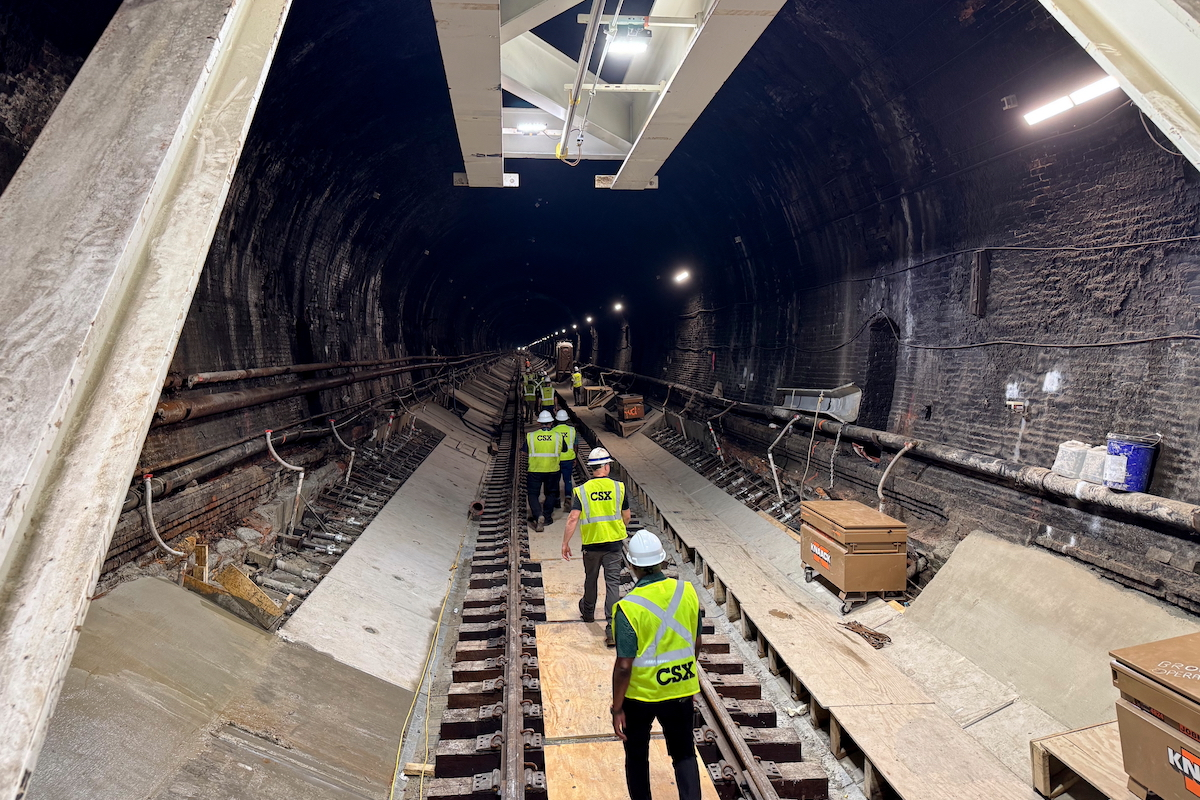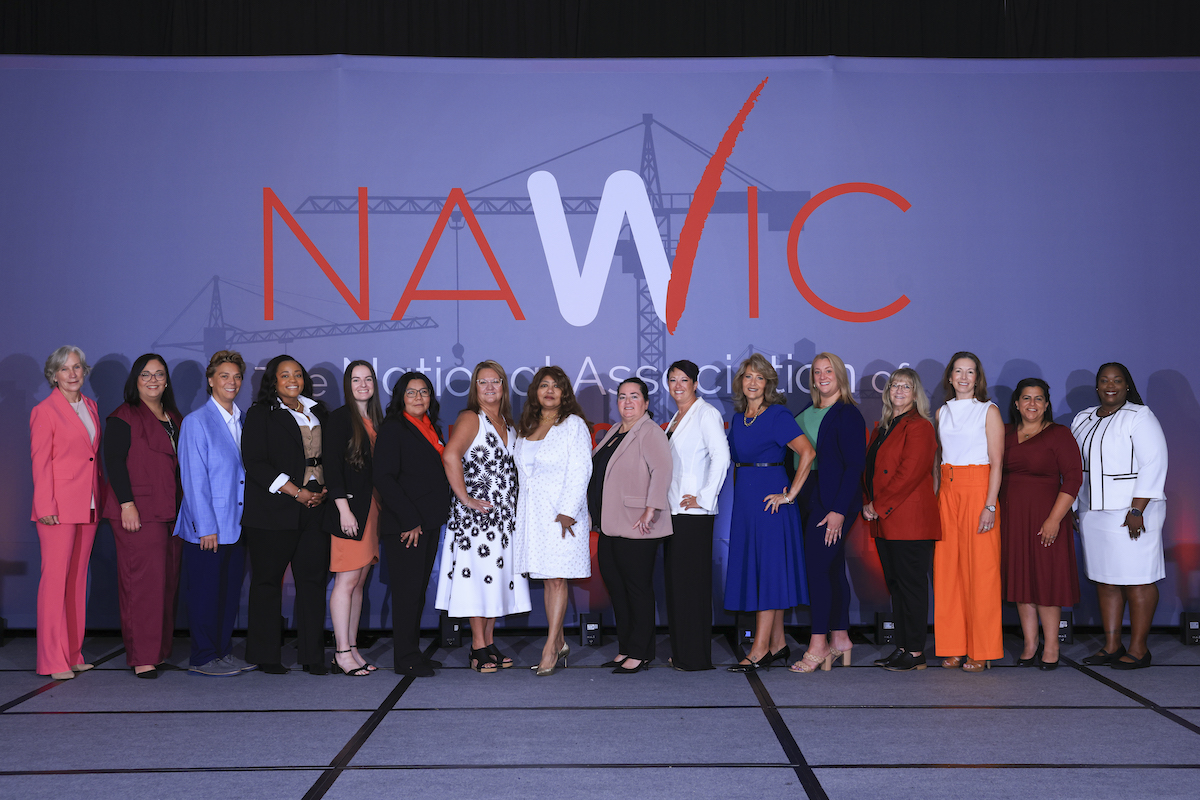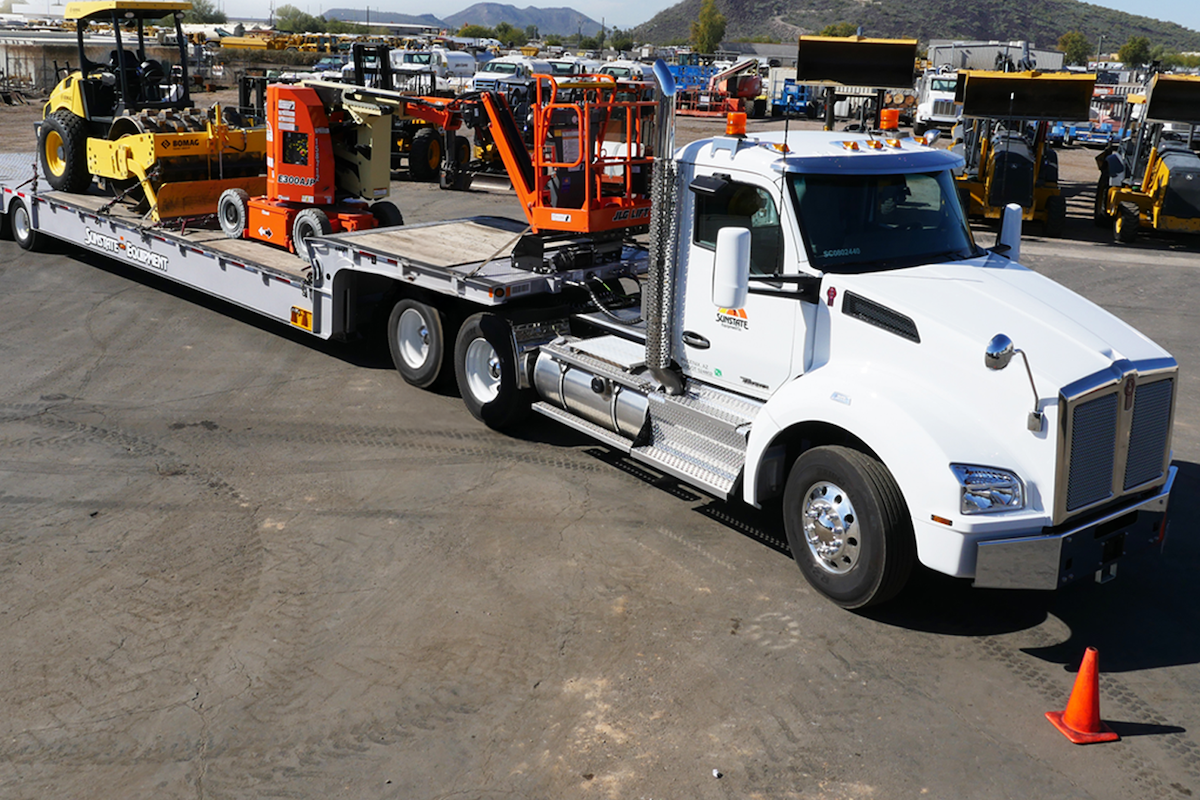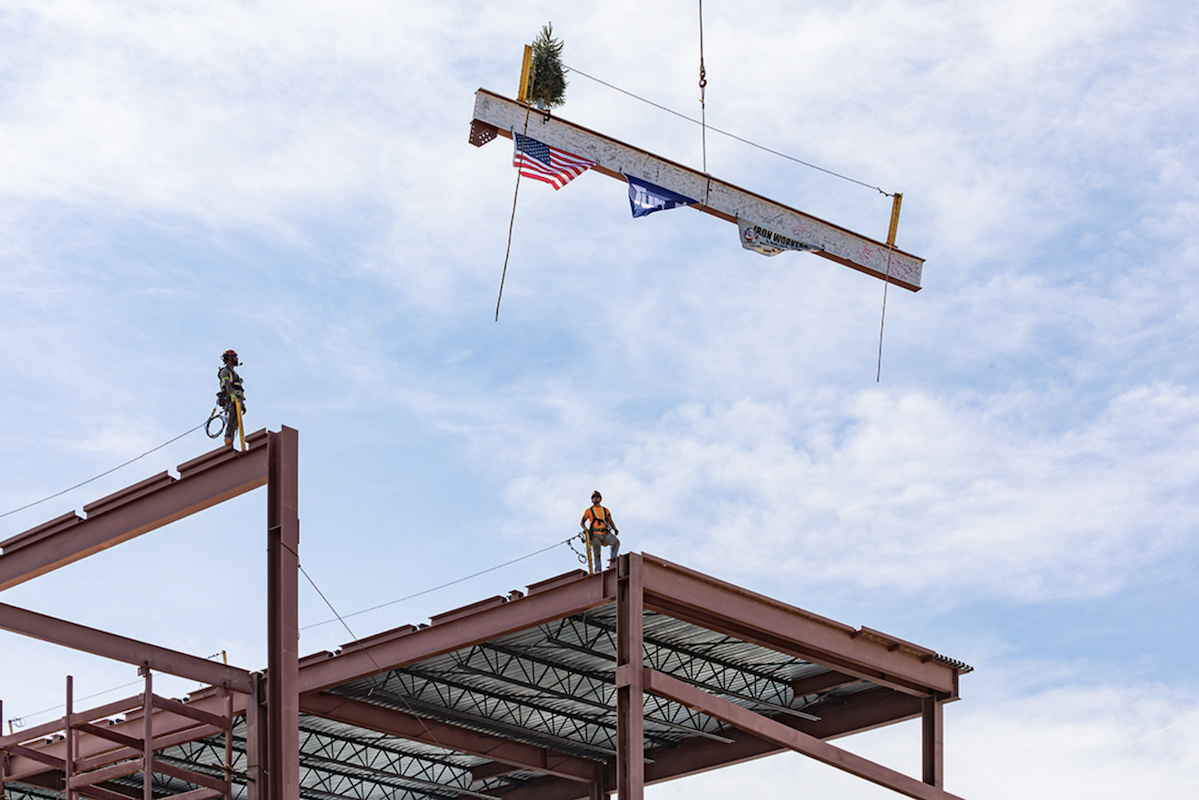“The goal of this project was to improve safety because there was a history of injuries and fatality crashes. Also traffic volume through the corridor is increasing,” says Ryan Barrett, Metro Engineer with KDOT. “It prompted us to look at what we could do safety wise to improve this intersection.”
The crash rate at U.S. 73 – locally known as K-7 – and Parallel Parkway, in Kansas City, is double that of a typical intersection. About 24,000 vehicles daily drive on K-7, a four-lane divided highway. During the evening rush hour, about 2,700 vehicles enter the K-7/Parallel Parkway intersection.
The $11 million, 0.83-mile project also will minimize travel time and reduce delays at the intersection. TranSystems of Kansas City, Missouri, serves as the design consultant.
The state’s 10-year Eisenhower Legacy Transportation Program (IKE), passed in 2020, has funded this project. Public meetings are held every two years to gather local input. The program focuses on practical improvements to the the state’s roads, bridges, and other transportation needs. It will invest at least $8 million in each county.

| Your local Komatsu America Corp dealer |
|---|
| Linder Industrial Machinery |
“It limits the number of conflict points at the intersection,” Barrett says. “A conflict point is defined as a point where two vehicles meet, and there is the potential for a crash.”
The RCUT will reduce the number of conflict points by 56 percent, from 32 to 14, according to KDOT’s K-7 Corridor Management Plan.
The U-turns on K-7 features a wider radius so trucks and other large vehicles can make the turn.
Research from the University of North Carolina, Charlotte, reported at the Transportation Research Board annual meeting in 2021 found the total number of crashes declined by 73 percent and the accidents with injuries or death decreased by 79 percent after the conventional intersections in rural areas were changed to RCUTs. In suburban areas, total crashes declined by 64 percent and fatal or injury accidents by 73 percent.
A 2009 Federal Highway Administration TechBrief reported that in addition to being safer, RCUTs can improve operational performance, producing up to a 30 percent improvement in throughput and up to a 40 percent decrease in intersection travel time.
In Minnesota, the state’s Department of Transportation has converted 60 intersections to RCUTs, also referred to as J-turns. A 2021 MnDOT analysis of serious and fatal injury crashes showed a reduction of 69 percent after the intersections became RCUTs. But KDOT reports public frustration and resistance to the new intersections.
“On February 23, 2023, KDOT hosted a public open house at its Bonner Springs Office to educate people about the construction activity and the new intersection,” Barrett says.
Some nearby landowners have expressed concern about the project affecting their properties or businesses, but once construction is complete customers will have full access to those properties. KDOT has provided access to all businesses during construction.
Creating this RCUT required a full reconstruction of the intersection – between 1,500 and 2,000 feet on each side of the intersection. On the southbound side, the work required additional distance, so that the new concrete met with the existing concrete, rather than asphalt.
This change to the RCUT intersection required removing the existing pavement down to the subgrade. The initial plan for subgrade treatment was for lime kiln dust, but after the pavement was removed and soil samples were taken, and it was discovered the sandy soil required cement treatment.
“KDOT changed the subgrade treatment to cement because it would be a more effective treatment for the sandy soil in the long-term,” Barrett says.
The intersection has a 6-inch cement-treated subgrade, 4 inches of asphalt base, and is paved with 9 inches of concrete.
KDOT has prioritized safety on the project. The Kansas Highway Patrol has assisted in the project work zone, sitting in marked cars attempting to curb poor driver behavior.
“I want to thank them for their continued efforts to keep our folks, the contractor, and subcontractors safe while constructing the project,” Barrett says. “They have been responsive when we needed them.”
Crews began by constructing temporary crossovers in the median at the north and south ends of the project. Then northbound K-7 traffic was moved to the southbound lanes, with northbound vehicles in what was the southbound passing lane and southbound traffic on the outer lane. The east side of the intersection was shut down and the northbound lanes reconstructed with wider shoulders.
Once that was completed, traffic was shifted to the northbound lanes so work could proceed on reconstructing southbound K-7 and the west side of the intersection.
Drivers could skip the construction entirely by altering their route by about 1 mile to the next intersection with K-7.
The project has run into a few utility issues, overhead and underground. The east side of the intersection remains closed until utility relocations and Parallel Parkway reconstruction are complete.
KDOT anticipates the project will finish in January 2024.
“The contractor and all the personnel on site have been great, and we’ve developed a positive working relationship,” Barrett says. “It’s been a good project.”
Photos courtesy of the Kansas Department of Transportation






















